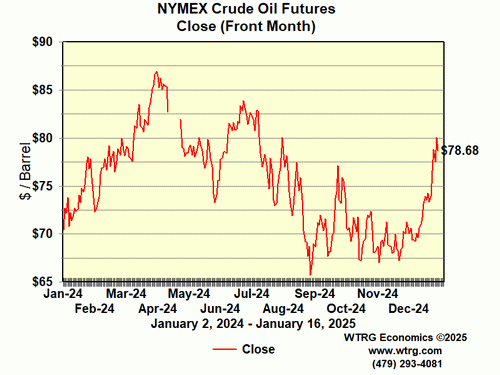

While many people won't (or don't want to) believe the 20%-30% drop predicted by BusinessWeek is possible, if the Tokyo example is at all similar, there is certainly the possibility that those declines will be realized.



Japanese makers are notably absent from this race in the U.S. While many companies, including Fujitsu, Pioneer, Sony, and Panasonic, offer PNDs in Japan, we don't see any of these names in the U.S. market. What happened? Japanese makers are usually good at marketing these clever small devices. And the car navigation market in Japan was at least several years ahead of that in the U.S.
A likely reason is the advance of originally equipped car navigation systems. Japan has a relatively mature car navigation market, dominated by expensive systems embedded in the car (at additional costs of $500 or more). When much cheaper PNDs (some around $100) started showing more advanced functions and usability, Japanese makers had difficulty competing in this market for fear of cannibalizing their own more expensive systems.
So are there no Japanese companies that will benefit from the expanding U.S. PND market? An interesting name to watch might be Zenrin (TSE: 9474), an old map company that started providing digital map databases to car navigation makers in the early 1990s and recently was in the process of shifting more of its energies into its mapping database business. It has about a 70% market share of the maps used by original equipment car navigation systems in Japan, and many PND makers also buy map data from the company. More recently, one of NTT Docomo's newest mobile handsets, "905i", was equipped with Zenrin's map software, opening potential content revenues for the company.
In the U.S. and European markets, upward integration (M&A) was evident in the last quarter of 2007. The leading US PND maker Garmin fought to acquire Tele Atlas (TLATF), bidding $3.4 billion for this a Dutch digital map company; but it gave up this expensive bid to rival TomTom, also a Dutch company. At the same time, Nokia offered $8.1 billion, or 50 times earnings, to buy Navteq (NVT), a Chicago-based digital mapping company. While these M&A deals sound very expensive, if consolidation proceeds in the navigation sector, mapping data companies may become rare and expensive assets. Map content is very time-consuming to build, so it's something all navigation system providers have to pay to license. In December, Microsoft bought U.K mapping company Multimap in a bid to compete with Google in online mapping tools.
At this point, it is speculative to think Zenrin will be an M&A target. For one thing, its large share in Japan would make it difficult for one of the device makers to own it. And currently selling at 40 times forward earnings, the stock is expensive. Still, if we were to see any major developments -- fierce PND competition from foreign makers like Garmin and Mio (which are already selling in Japan), development of Zenrin's next generation content "guidable city mobile (GCM), etc. -- this might be an interesting company to follow in this sector.
Zenrin stock chart

One area of the auto industry that may grow faster than actual vehicles is airbags. Two recent developments brighten the outlook for this industry segment. First, Toyota announced in July that all of its models sold in Japan will be equipped with side and curtain airbags. Second, the US NHTSA will gradually mandate side/curtain airbags beginning September 2009. This will triple the cost of airbags for each car compared with current levels with just the requirement of front seat bags.
There are essentially three airbag providers for the Japanese auto industry: Takata (7312), Toyota Gosei (7282), and Nihon Plast (7291). Among them, Takata may benefit most since 47% of its sales come from outside Japan. Because vehicles of the U.S. Big Three are less likely to be equipped with side/curtain airbags compared with Japanese cars, the NHTSA mandate should have a relatively strong impact on Takata.